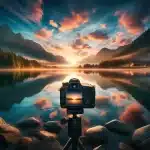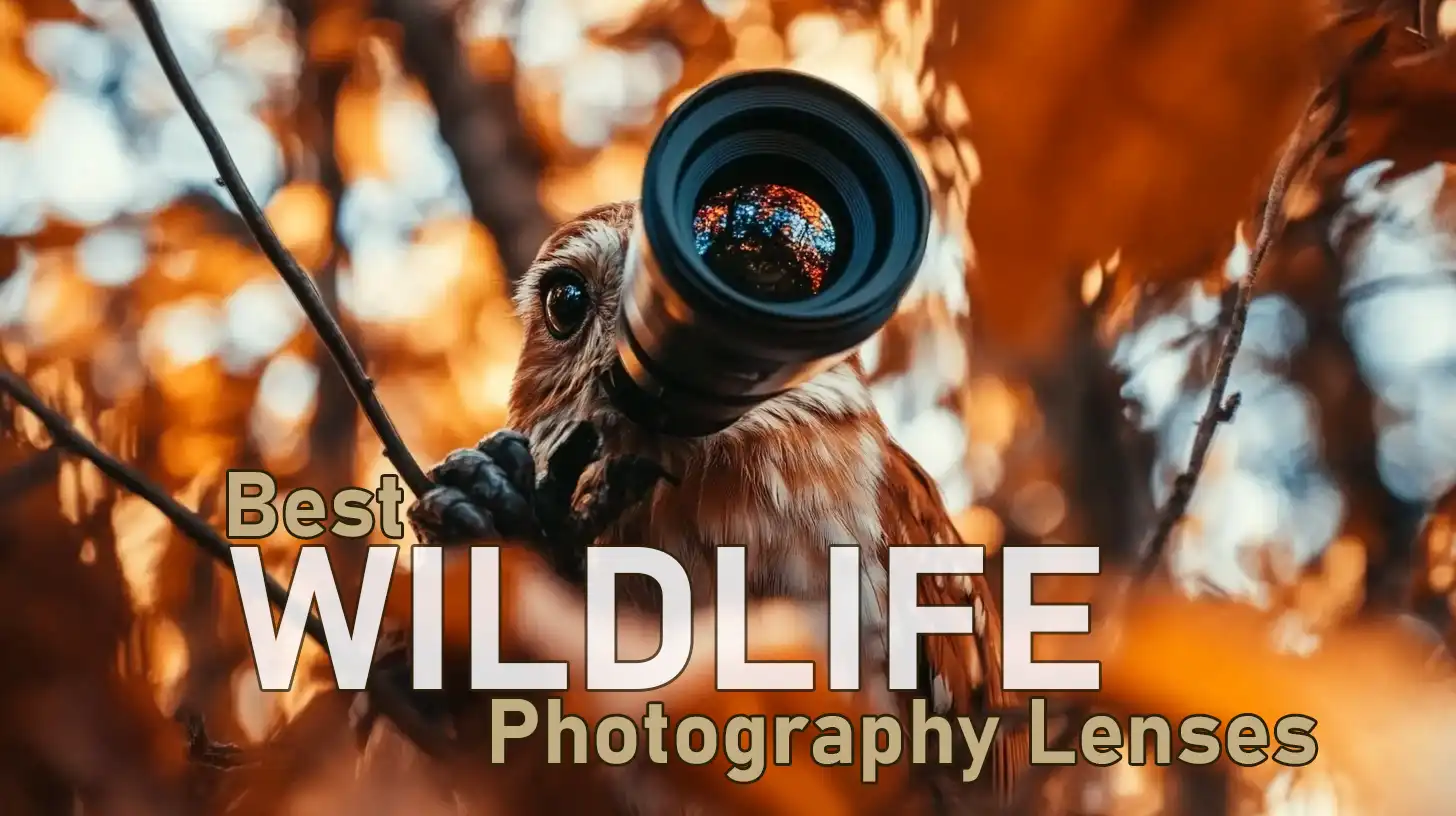
When it comes to capturing the beauty of the natural world, choosing the best wildlife photography lenses can make all the difference.
I know how overwhelming it can be to navigate the vast array of lens options, each promising to elevate your photography to new heights. I’ve crafted this guide to help you identify the perfect lens for your animal photography needs.
Dive in and explore the world of lenses that can turn your wildlife adventures into unforgettable photographic experiences.
Table of Contents
What is Wildlife Photography?
Wildlife photography captures images of wild animals in their natural habitats.
This pursuit appeals to many because it connects people with nature. It often involves using specialized equipment, such as the best wildlife photography lenses, to achieve stunning results.
Understanding the Basics
Firstly, let’s take a loot at some of the basic principles.
Patience and Observation
Wildlife photography involves patience and observation. Photographers often wait quietly for hours to capture a perfect moment.
Understanding animal behavior enhances one’s ability to capture these moments.
Pro Tip: Check out these tips on wildlife photography for a deeper understanding of the process.

Equipment and Practice
A great lens is essential for focusing on subjects at a distance. A mirrorless camera’s lightweight design can make it advantageous to work with one.
Remember, practice makes perfect in this art, and knowing how to edit wildlife photos can further enhance your images.
Essential Gear for Wildlife Photography
When opting for a profession in wildlife photography, choosing the right gear is a must. But, how do you do this?
Choosing the Right Equipment
- A telephoto lens is often preferred for its ability to zoom in on subjects in the distance.
- Alternative options include prime lenses, which offer better image quality but lack zoom functionality.
- The camera body you choose should be durable enough to withstand outdoor conditions.
- Investing in a sturdy camera bag ensures your gear remains safe during expeditions.
- Zoom lenses provide flexibility by offering a wide range of zoom ranges and focus lengths, which are most useful for varying scenarios.
Lens Selection
Choosing between a zoom and prime telephoto lens depends on specific focal distance needs and personal preferences.
Those favoring convenience might opt for a telephoto zoom because of its adaptability.
Pro Tip: Always carry extra batteries. Cold weather drains them faster!
Best Wildlife Photography Lenses
Wildlife photography can be exciting, challenging, and yes, sometimes a little intimidating.
It would be best if you caught the perfect moment and the right angle while not disturbing these fantastic creatures. Having the right equipment, especially the appropriate lens for wildlife, is crucial.
Lenses are critical tools in this journey, so let’s dive in and check out some of the best lenses.
Top Picks for A Professional Wildlife Photographer
Choosing the best lenses is crucial for all professional wildlife photographers. You’ve probably heard seasoned photographers rave about these picks, and there’s a reason they stand out:
- Prime Lens - Known for its sharpness and clarity, this lens is perfect for those who prioritize image quality over everything else. It doesn't have a zoom range, but its fixed focal length ensures stunning photos every time.
- Telephotograph lenses are handy for capturing distant subjects with precision. They amplify the small details often missed in animal photography.
- Zoom lenses are a favorite because of their versatility. While prime lenses lock you into a specific view, these lenses allow you to play around, making it easier to focus on wildlife.
- Fast Lens - With a maximum aperture of f/2.8 or less, this lens is ideal for shooting in low-light conditions.
Pro Tip: Check out the best cameras for wildlife photography as well to make the best decision when buying equipement.
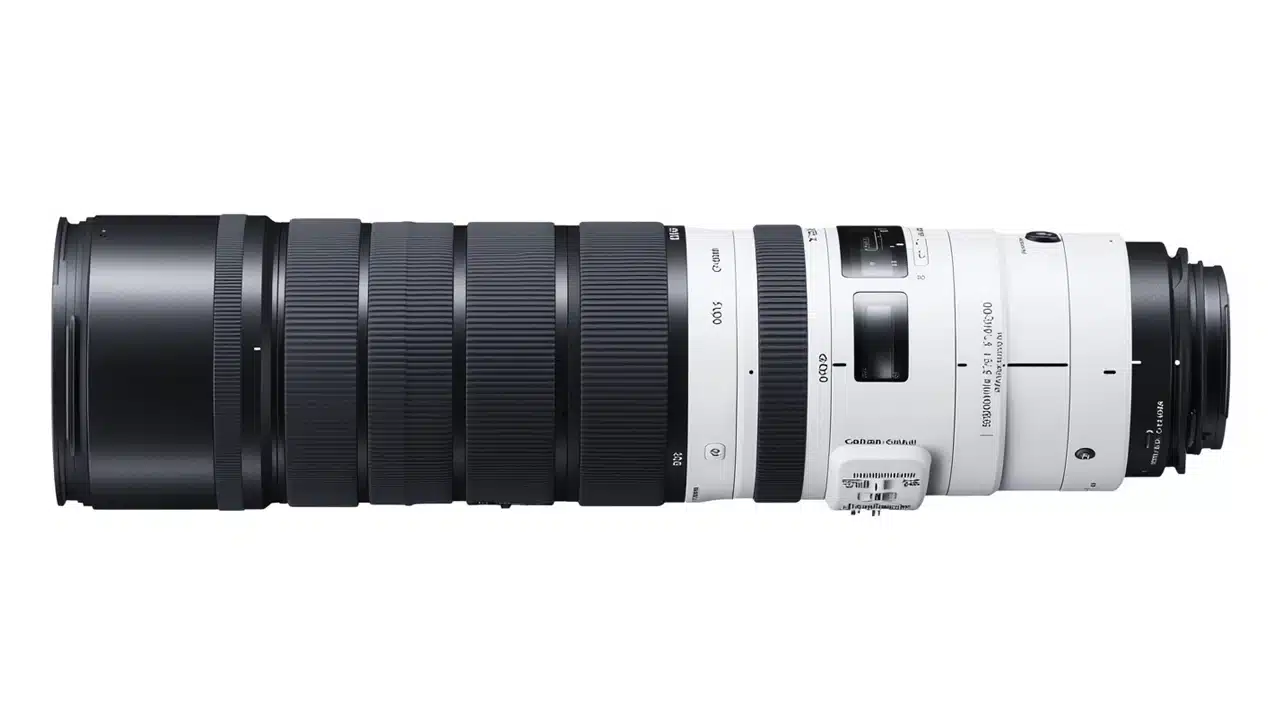
Budget-Friendly Options
There’s hope if you’re just starting or don’t want to splurge. Budget-friendly lenses can still offer tremendous value:
- One Lens Wonder - A good option could be a "one lens fits all" solution. It is versatile and practical, even on limited budgets.
- Macro Lens: This is generally a more affordable option, but it is surprisingly effective in animal photography, especially for close-up shots.
- Mirrorless Cameras - Mirrorless cameras are an excellent option when paired with lightweight lenses. They are portable without compromising quality.
Investing in a decent camera bag protects your equipment, significantly extending its life. Not just a carry solution, a good camera bag can mean the difference between being ready and regretful.
Pro Tip: Lens stabilization technology can prevent camera shake from ruining your snapshot, which is especially crucial in wildlife photography when you need clear, crisp shots without any blur. Check out this guide on motion blur in photography for a better understanding.
Additionally, understanding the difference between zoom vs prime lenses can help you decide which lens to invest in based on your specific needs and shooting style.
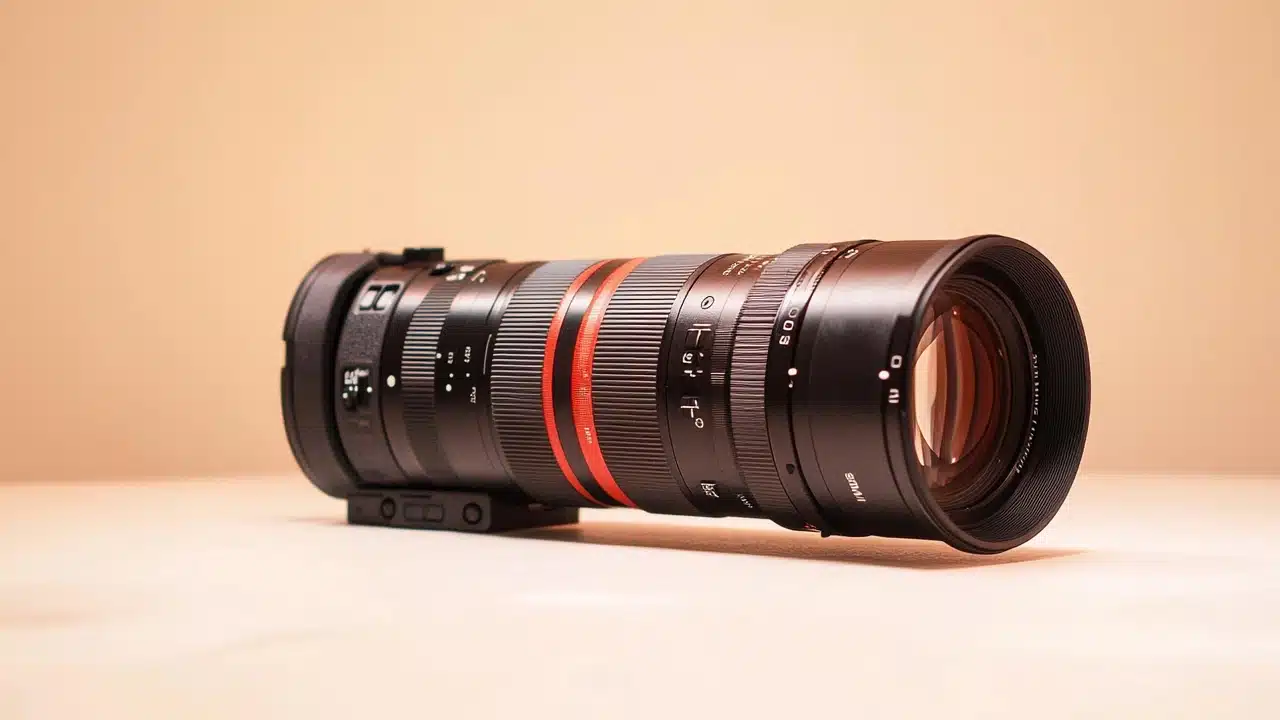
Telephotograph Lenses for Wildlife Photography
Telephotograph lenses are fantastic tools for capturing wildlife without disturbing our subjects.
Advantages of Telephotograph Lenses
- Capture distant animals with clarity while maintaining safe distances from potentially dangerous wildlife.
- Impressive focus lengths offer precision, allowing you to get close to your subject from afar. It's like having a superpower.
- Ensure the subject fills the frame perfectly, such as snapping a lion's majestic mane without rustling a leaf.
- Varying maximum apertures for different lighting scenarios makes them versatile in diverse environments.
Choosing the Right Telephoto Lenses
All lenses do not fit every frame, much like how not all swimsuits suit every pool party. Consider what you want to capture:
- Diverse focal distance options, ranging from short to long lens needs.
- Zoom range offers greater flexibility than a prime lens, though prime lenses often provide exceptional optical performance.
- Decide if you want lightweight gear or full strength. Mirrorless camera users might find these versatile tools especially compatible.
- Efficient crop factor maximizes focal distance without sacrificing quality.
Adjust your choice based on what your heart, or wallet, feels. An entry-level photographer might prioritize cost.
Investing in a prime lens with leading maximum aperture settings can produce results suitable for magazine covers; if that is your dream.
The ultimate goal in selecting a lens for wildlife is ensuring it meets personal shooting styles while promising great images.
Remember, lens choices impact how software like Photoshop and Lightroom interact with your photos.
Pro Tip: Think of your ideal lens like a trusty fishing rod in the wild world of photography. Balance your needs between weight, speed, and reach to reel in your perfect shots.
Additionally, learn how to edit wildlife photos in Lightroom as well fo an even better skillset.
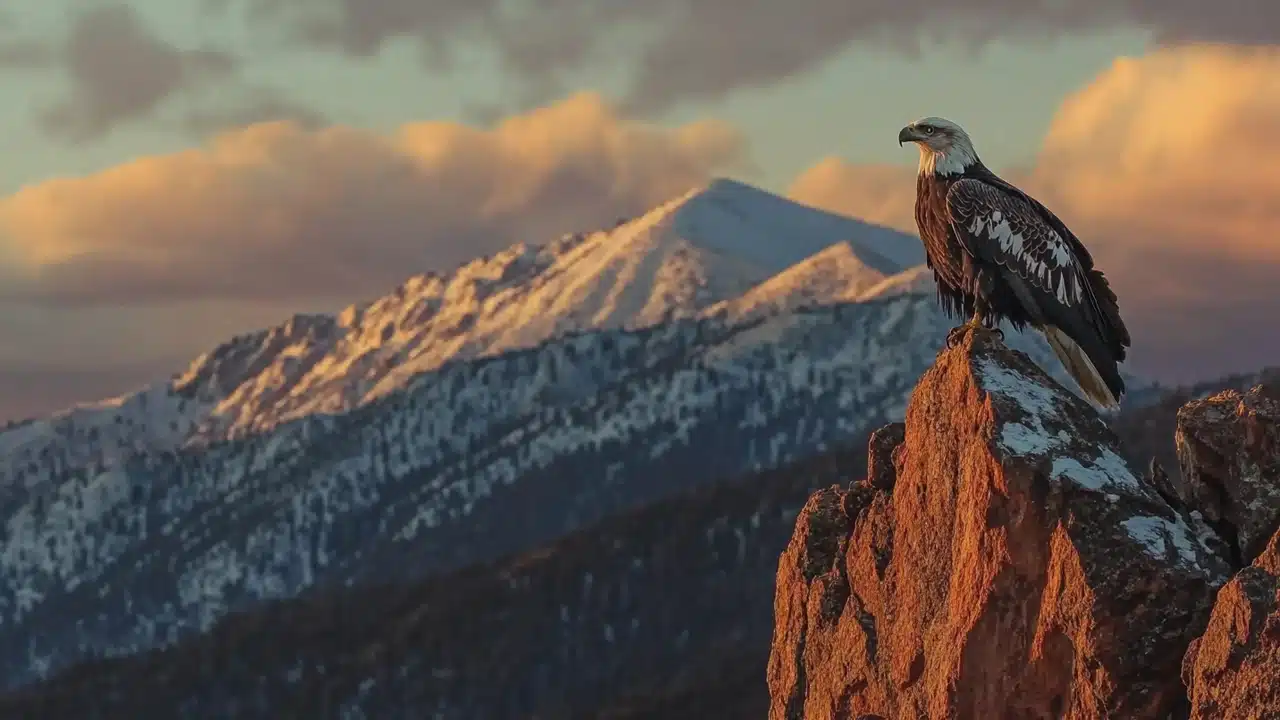
Zoom vs. Prime Lens
Do you feel overwhelmed when choosing a lens? Let’s clear up the confusion.
Cameras are cool but need lenses to see the world clearly. Here’s the scoop on zoom and prime lenses.
Think of it like this: if cameras are superheroes, lenses are their superpowers. So, you want the best lens for your camera, right?
Benefits of a Zoom Lens
These versatile lenses adjust to different focus lengths without swapping lenses. It’s like having multiple lenses in one package.
When you’re out capturing a majestic sunset or an up-close shot of a bird in flight, these lenses offer convenience. They allow you to get closer shots without moving your feet.
Imagine shooting a lion from afar without getting into its personal space, thanks to telephoto zooms.
A lightweight lens might be your trusty choice, especially on long shoots. Its versatility suits various situations such as landscape photography.
The maximum aperture determines how much light your lens can handle. Wider openings let more light in, perfect for low-light scenarios like dusk or dawn. Choose wisely based on what you love to capture.
When to Use Prime Lenses
Prime lenses have one focal length, offering sharpness and quality that’s hard to beat.
While they lack the zoom feature, they make it up in clarity. They shine in controlled environments like studios, where you have time and space to move.
You might find them the fantastic lens for self portraits, offering sharp focus and depth.
A very large maximum aperture is a feature they offer, giving you excellent background blur. This is ideal for artistic shots.
When you’re looking to capture the intricacies of a flower petal or the twinkle in someone’s eye, primes do justice. They encourage creativity and movement since you shift around your subject instead of zooming in and out.
Pro Tip: If you’re getting interested in wildlife photography, consider a telephoto lens for wildlife. It’s a game-changer.
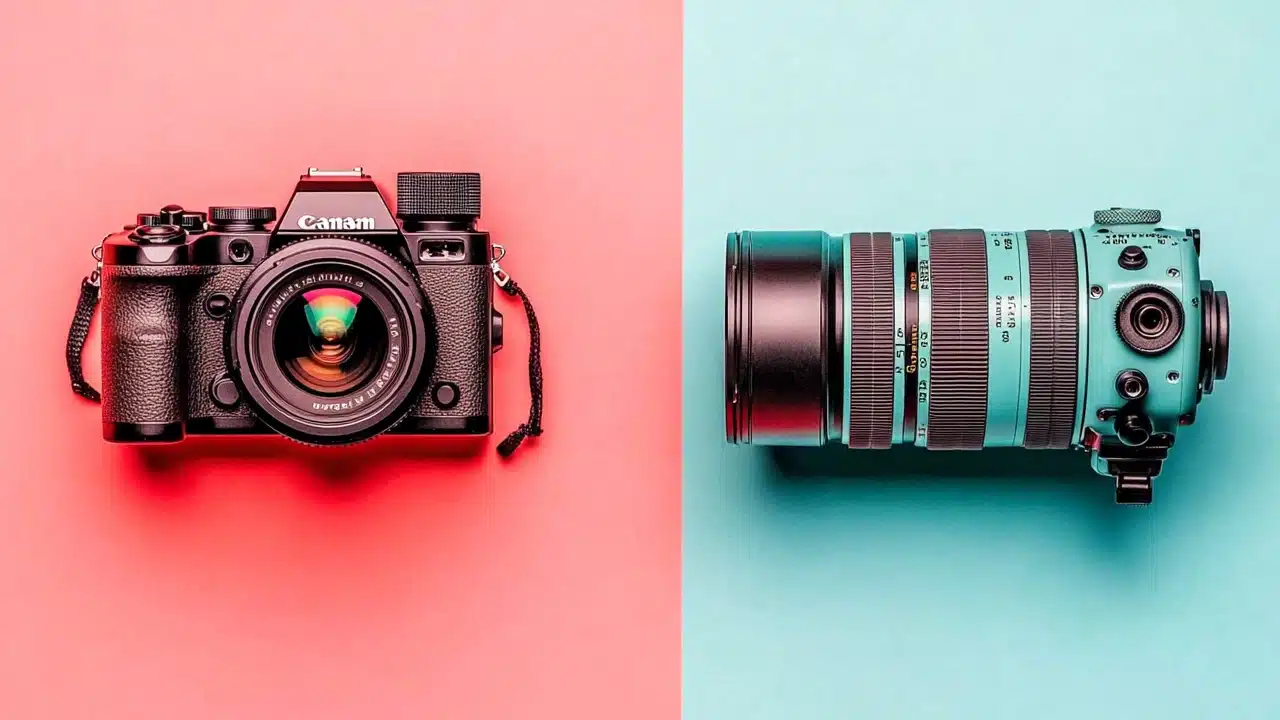
Zoom Lenses for Versatile Wildlife Photography
When diving into wildlife photography, choosing the appropriate lens matters. Understanding the difference between a zoom and prime lens can significantly impact your photography experience.
Key Features to Look For
When making your choice from different lenses for zooming in on your animal photography, consider these essential features:
- Adjustable Focal Length: A good lens offers adjustable focal length, allowing you to switch between different magnifications effortlessly. This is perfect for capturing animals from varying distances without moving an inch.
- Maximum Aperture: Pay attention to the maximum aperture. A wider aperture lets in more light, useful for shooting in low-light environments like dawn or dusk.
- Stability: Built-in stabilization is your friend here. It reduces blur from shaky hands, ensuring your shots stay sharp even without a tripod.
Popular Zoom Lenses for Wildlife
Explore some of the following lenses eagerly endorsed by enthusiasts transitioning from prime to zoom:
-
Canon RF 100-500mm f/4.5-7.1 L IS USM: Known for its supreme flexibility, this lens is a favorite for those using Canon mirrorless cameras. Its range is unmatched in the wild.
- Nikon Z 70-200mm f/2.8 VR S: Famous among Nikon users for its brilliant clarity and color transmission. The constant f/2.8 maximum aperture ensures consistent performance.
- Sony FE 200-600mm f/5.6-6.3 G OSS: Celebrated as one of the best wildlife photography lenses, it offers unparalleled reach, keeping subjects in the distance clear and vibrant.
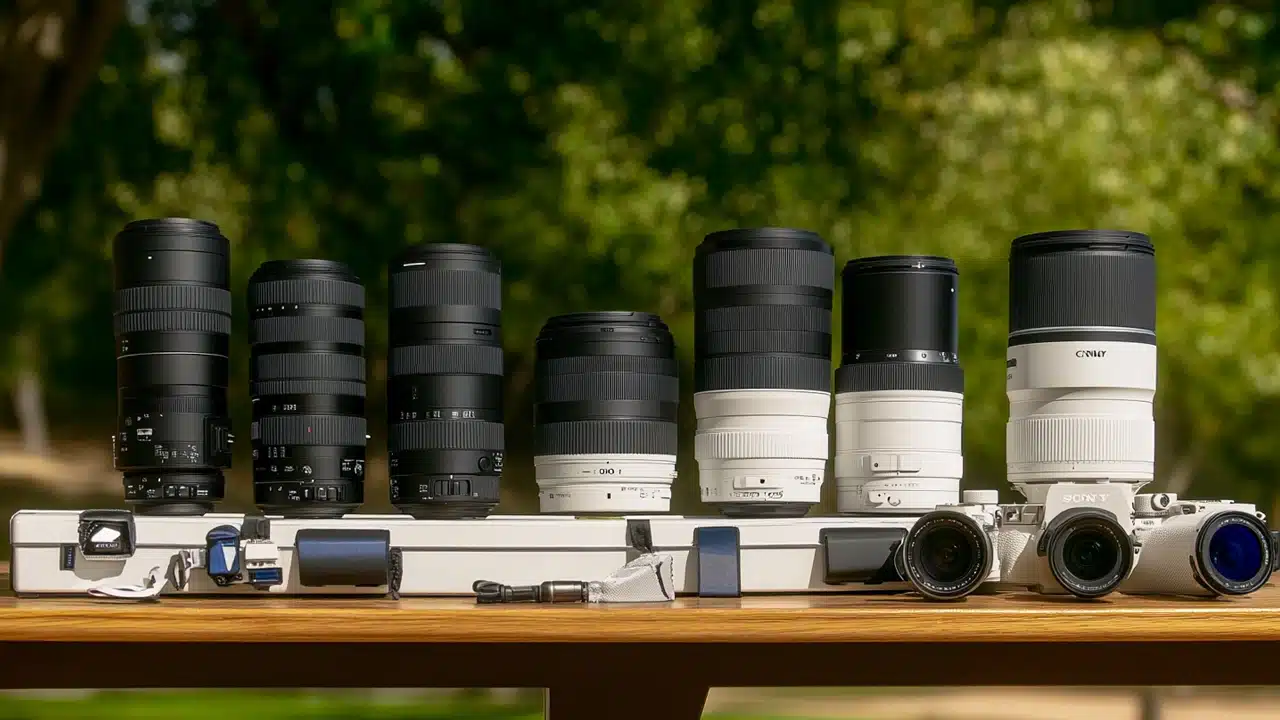
Complementing Your Gear
Choosing the right camera body complements these lenses well, enhancing the overall output.
Remember, every photographer’s journey is unique. A lens that works wonders for one might not suit another. So take your time, research, and see which resonates with your style.
Consider exploring different types of lenses to find the perfect match for your needs.
Pro Tip: Test your gear in familiar settings before heading into the wild, ensuring you’re comfortable with the settings and capabilities. Understanding your lens through practice makes all the difference when capturing that once-in-a-lifetime shot.
Tips for Capturing Stunning Wildlife Photos
Now, let’s outline some essential tips to elevate your animal photography game.
Understanding Animal Behavior
Animals have patterns, and knowing these enhances your ability to predict their movements. Spend time observing.
Notice tendencies. When do they hunt, rest, or play? This knowledge transforms opportunities.
Prepare your camera, anticipate the scene, and let moments unfold naturally.
Patience is crucial here. It’s not merely waiting but watching actively.
When we know what to expect, we’re better equipped to capture those compelling shots.
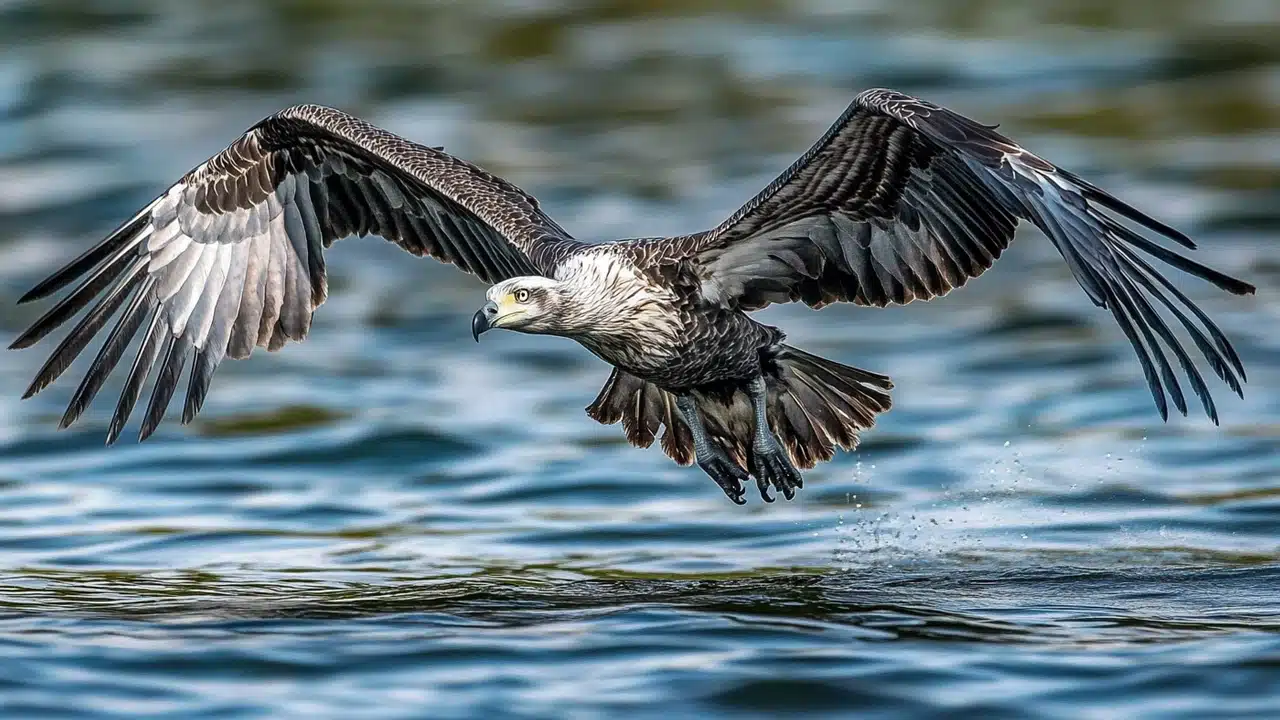
Mastering Light and Composition
Light is your friend. Early mornings and late afternoons, also known as the golden hours, provide optimal settings. Practice using light creatively. Shadows add depth, while soft light flatters your subjects.
Keep the sun at your back to illuminate the scene, but don’t shy away from experimenting with backlighting for dramatic effects.
Composition plays an equal role. Frame your subject with intention. Use the rule of thirds, placing your focal point strategically within a grid.
Nature is unpredictable, so remain adaptable. Try to get close, but maintain respect for wildlife safety and comfort.
Pro Tip: For post-processing, slight tweaks in Photoshop or Lightroom can bring out details you miss in-camera, helping your photos truly stand out. Utilize tools like the patch tool in Photoshop to refine the edges of an image or your image as a whole even further.
Frequently Asked Questions
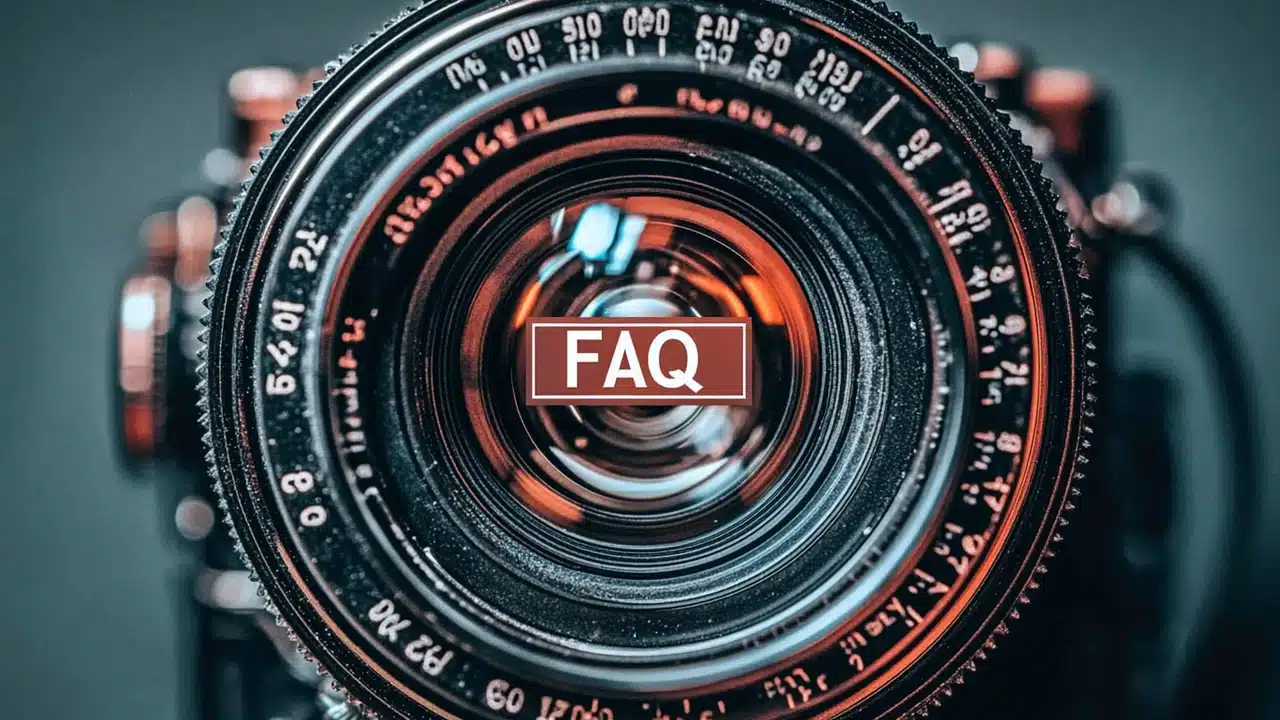
What is the best lens for wildlife photography?
- Telephotograph lenses: These lenses allow you to capture details from a distance without disturbing the wildlife's natural behavior.
- Popular choices include 70-200mm, 300mm, or 400mm lenses, depending on your budget and the type of wildlife you are aiming to photograph.
What focal length is best for wildlife photography?
- Ideal focal lengths for wildlife photography usually start at 300mm and go up to 600mm.
- Longer focal lengths: Lenses with longer focus lengths help photograph distant animals clearly and fill the frame with the subject.
Is 400mm enough for wildlife photography?
- A 400mm lens is a great choice for wildlife photography, providing a good balance between size, weight, and magnification.
- It works well for a variety of wildlife subjects, especially for medium-sized animals and birds at moderate distances.
Is 200mm zoom enough for wildlife?
- A 200mm lens can be sufficient for larger wildlife and in scenarios where you can get relatively close to the subject.
- However, for smaller or more distant wildlife, a longer lens might be necessary to capture detailed shots.

Conclusion
In my journey as a wildlife photographer, choosing the right equipment has been crucial. The best wildlife photography lenses have transformed my work, allowing me to capture stunning details from a distance without disturbing the animals’ natural behavior.
These lenses have been game-changers, providing clarity and precision I hadn’t previously achieved. Thanks to their exceptional quality, every image tells a story, whether it’s the vivid eyes of a bird or the textured fur of a mammal.
If you want to elevate your photography skills, consider exploring my Photoshop course and Lightroom course. These resources have been instrumental in refining my post-processing skills, enabling me to bring out the best in my wildlife photos.
The right lens paired with effective editing techniques can truly revolutionize your photography experience, just as it did mine.
Read more about Photoshop:








